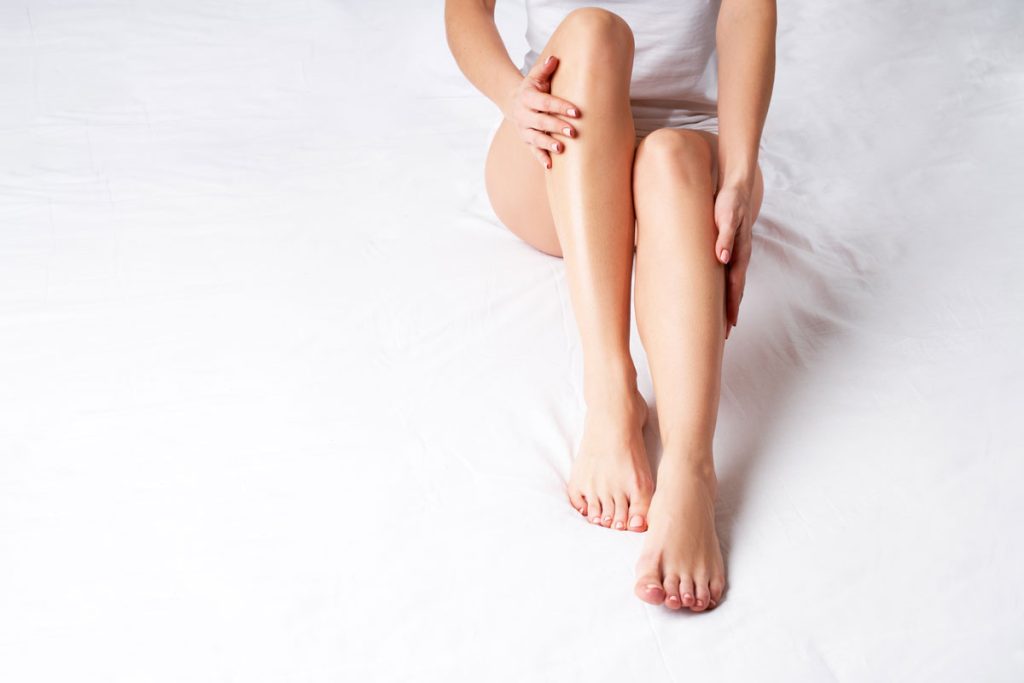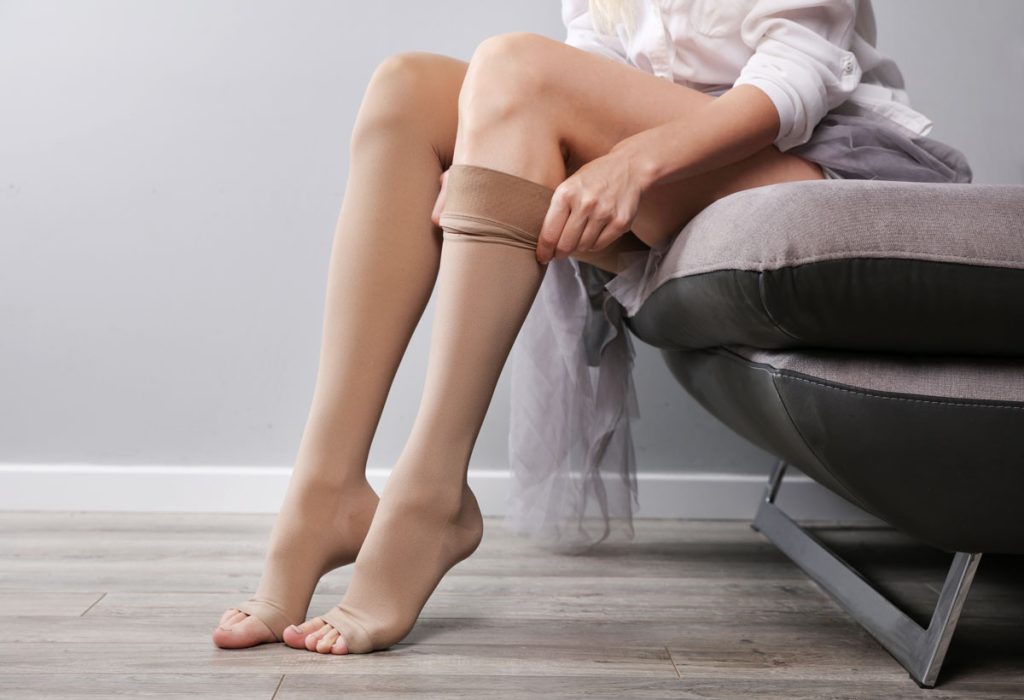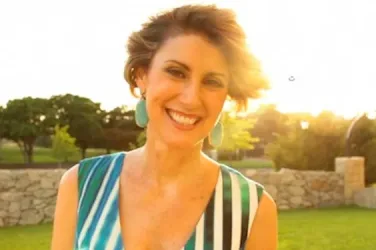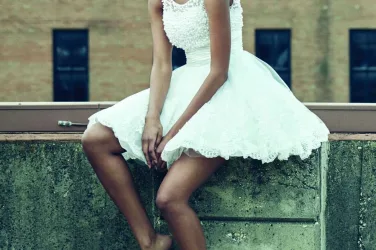
By Christi Blevins
Varicose veins can leave your legs looking like a confusing roadmap to nowhere, but there are treatment options available to put you on the path to more attractive, pain-free, smooth legs.
Why You Get Varicose Veins
Think back to your middle school science class, and you will probably recall learning that arteries carry oxygen-rich blood away from your heart while veins take the oxygen-poor blood back to the heart. (There will not be a quiz on this later, but you can remember the words artery and away begin with the same letter.) When veins near the skin’s surface are damaged, the blood pools and veins become swollen, leaving you with enlarged, twisted, purplish, protruding veins.
An estimated 20% of adults experience swollen and enlarged veins resulting in leg pain, fatigue, swelling of feet and ankles, and making a person feel self-conscious. Causes include:
- Genetics

- Gender (women are more likely to develop
varicose veins) - Pregnancy
- Aging
- Prolonged sitting or Standing
- Obesity
Home Remedies to Relieve Varicose Vein Symptoms:
Except for varicose veins that develop during pregnancy, they will not go away on their own. In milder cases, some home remedies may relieve symptoms. Exercising increases blood circulation in the legs, which helps push along blood that has collected in the veins. Wearing compression socks move blood toward the heart, helping your mild varicose veins feel better and possibly improving their appearance a bit.
Minimally Invasive Varicose Vein Treatment Options
If your varicose veins are more chronic and bothersome, you don’t need to suffer in silence. Schedule an appointment for a physical exam with a doctor who diagnoses and treats varicose veins and venous insufficiency.
Your doctor may recommend one of the following procedures, which are typically performed in-office.
Sclerotherapy is a common varicose vein treatment. Veins are injected with a chemical, which irritates the vein walls, causing them to stick together. Two or three treatments may be required, but there is virtually no downtime.
Laser treatments may be used on small varicose veins. Your doctor will direct laser light at the swollen veins. The veins darken and disappear after one to three months and multiple treatments. Most patients resume their normal activities the following day. Expect to be instructed to stay out of the sun for about a month following treatment.
Radiofrequency ablation (RFA) or endovenous laser therapy (EVLT) may replace the need for surgery. Patients receive local anesthesia, and then a small incision is made to insert a catheter (for RFA) or a laser fiber (for EVLT) into the vein. When your doctor activates the laser or radio frequency device, the vein is heated, causing it to collapse and seal shut.









